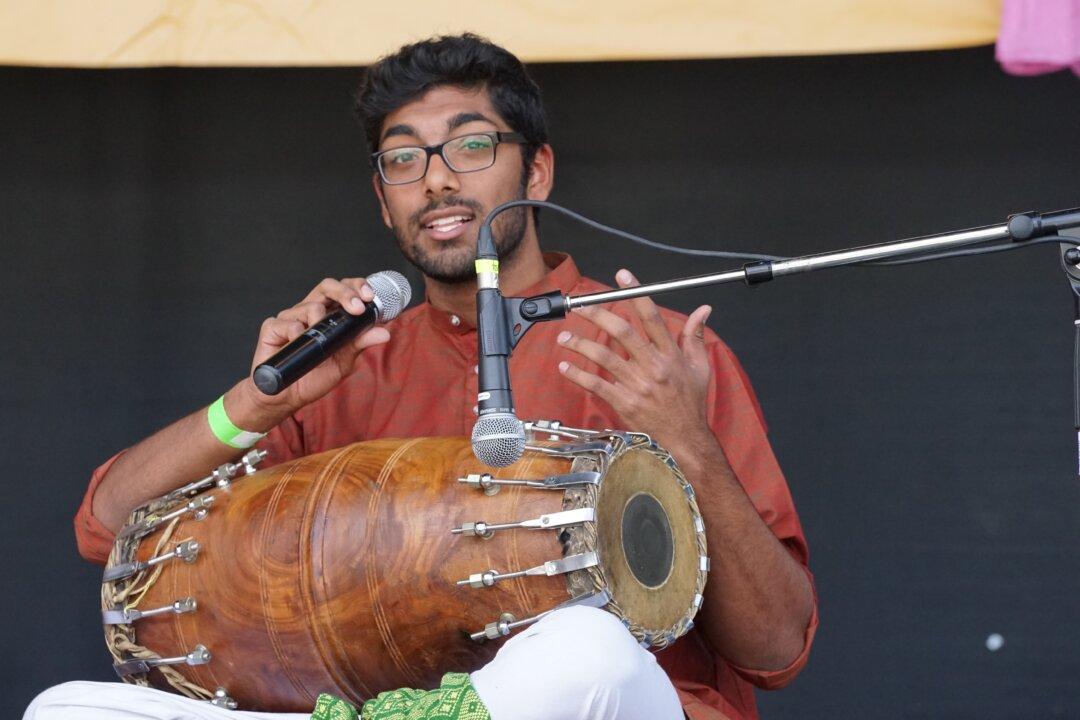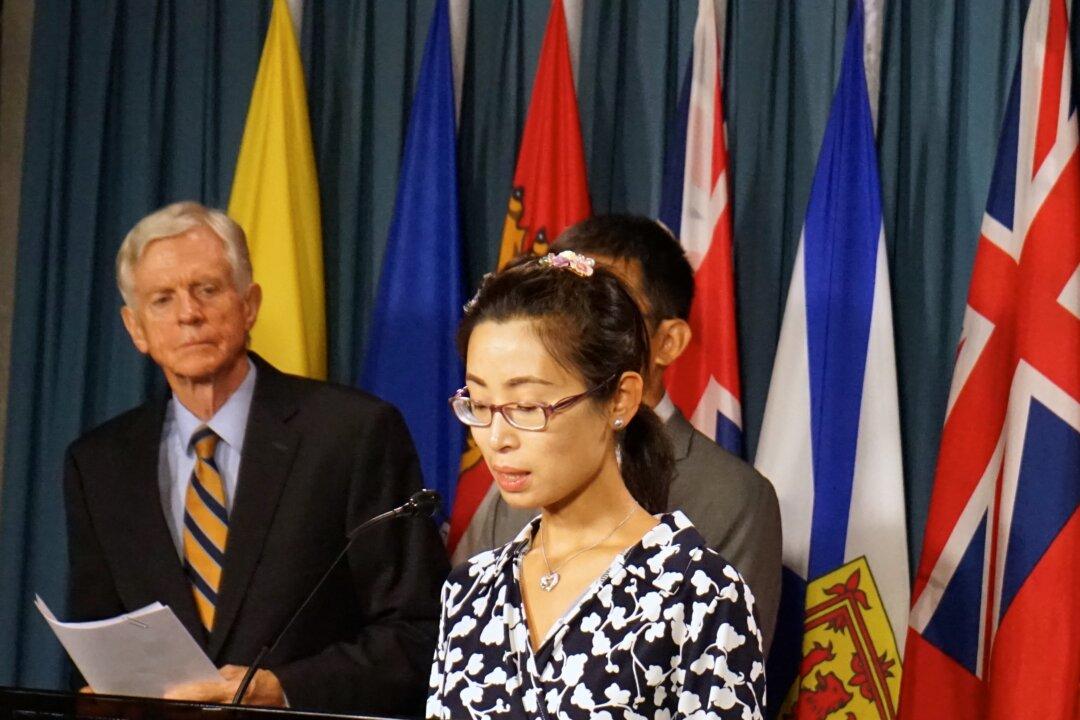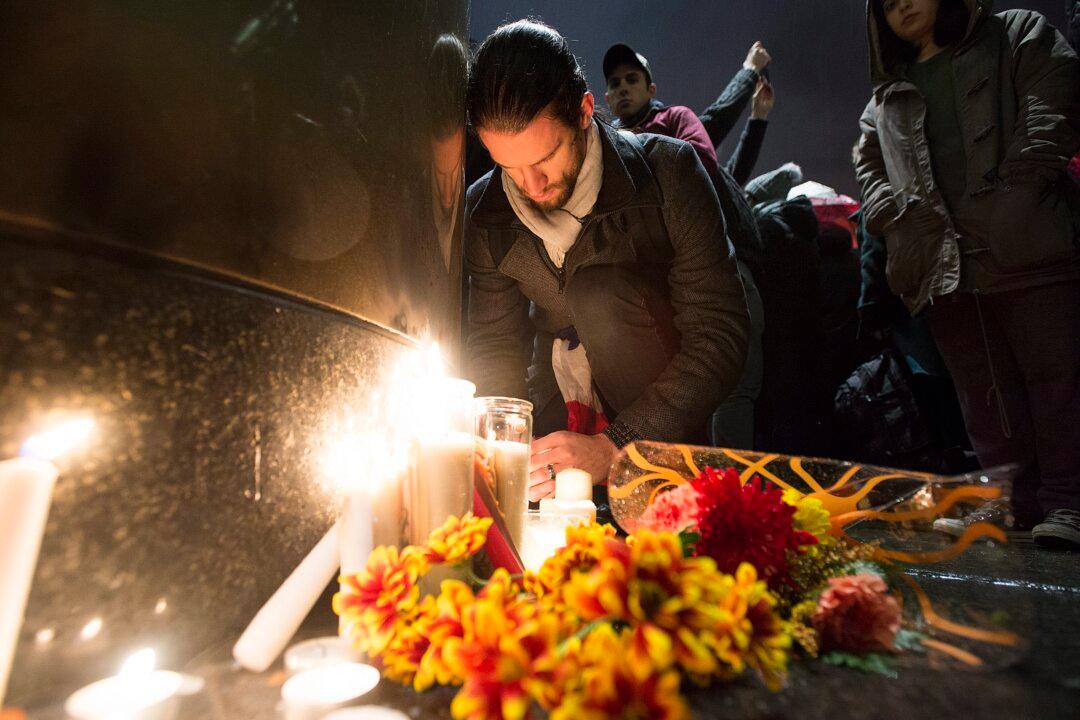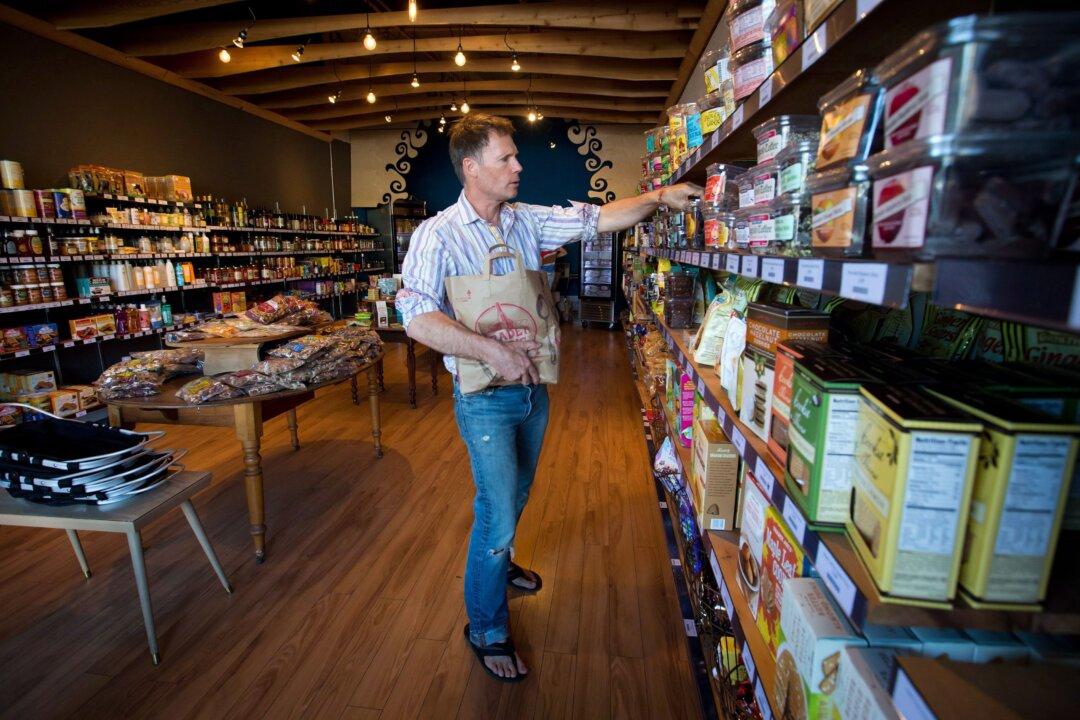Given Canada’s large Indian population, it’s no surprise that each summer across the country, Indian culture is showcased at festivals in many major cities.
Ottawa’s annual Festival of India took place Aug. 7-9, providing some of the best of Indian food, dance, music, and family fun.
In its fourth year, the festival is designed to celebrate the diverse culture of India and provide an opportunity for both nationals and non-Indian heritage folks alike to experience traditional and modern India through shows, workshops, and demonstrations.
“You can get a glimpse, a snapshot of India by attending the Festival of India,” says festival founder and president Bala Madaparthi, adding that attendees “get educated, get entertained.”
On the main stage, Ravi S. Singh described the workings of two types of hand drums: the tabla (a set of two drums) and the naar (a larger wooden drum). A group of musicians accompanied by a harmonium then demonstrated some of the complex and rapid-fire rhythms used in classical Indian music.






